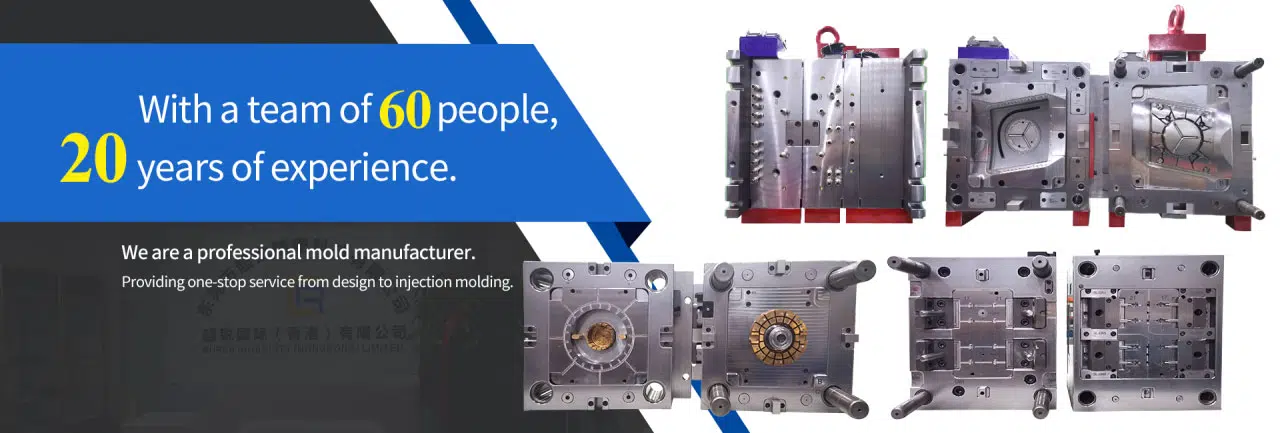
# Injection Molding: Principles and Applications
## Introduction to Injection Molding
Injection molding is a manufacturing process widely used for producing plastic parts in large volumes. This technique has revolutionized the production of plastic components due to its efficiency, precision, and cost-effectiveness. From small consumer products to large automotive components, injection molding plays a crucial role in modern manufacturing.
## The Basic Principles of Injection Molding
The injection molding process involves several key steps that work together to create high-quality plastic parts:
– Material preparation: Plastic pellets are fed into the hopper
– Melting: The material is heated to a molten state in the barrel
– Injection: The molten plastic is injected into a mold cavity
– Cooling: The plastic solidifies as it cools within the mold
– Ejection: The finished part is ejected from the mold
This cycle repeats continuously, allowing for high-volume production with consistent quality.
## Key Components of an Injection Molding Machine
An injection molding machine consists of several essential components:
### 1. Injection Unit
The injection unit is responsible for melting and injecting the plastic material. It includes:
– Hopper for material feeding
– Barrel with heating elements
– Screw for mixing and pushing the material
– Nozzle for injecting into the mold
### 2. Clamping Unit
The clamping unit holds the mold halves together during injection and cooling. It consists of:
– Moving and stationary platens
– Tie bars for structural support
– Hydraulic or electric clamping mechanism
### 3. Mold
Keyword: Injection Molding
The mold is the custom tool that gives the plastic part its shape. It includes:
– Core and cavity
– Cooling channels
– Ejection system
– Runner system for material flow
## Common Materials Used in Injection Molding
Various thermoplastic materials can be used in injection molding, each with unique properties:
– Polypropylene (PP): Excellent chemical resistance and flexibility
– Acrylonitrile Butadiene Styrene (ABS): Good impact resistance and surface finish
– Polycarbonate (PC): High strength and transparency
– Polyethylene (PE): Good chemical resistance and low cost
– Nylon (PA): High strength and wear resistance
## Advantages of Injection Molding
Injection molding offers numerous benefits for manufacturers:
– High production rates
– Consistent part quality
– Low labor costs
– Ability to produce complex geometries
– Minimal material waste
– Wide range of material options
## Applications of Injection Molding
Injection molding finds applications across various industries:
### Consumer Products
– Plastic containers
– Toys
– Household items
– Electronic housings
### Automotive Components
– Dashboards
– Bumpers
– Interior trim
– Light housings
### Medical Devices
– Syringes
– Surgical instruments
– Implantable components
– Diagnostic equipment
### Industrial Parts
– Gears
– Bushings
– Housings
– Connectors
## Recent Advancements in Injection Molding Technology
The injection molding industry continues to evolve with new technologies:
– Multi-material molding for complex parts
– Micro-injection molding for tiny components
– Gas-assisted injection molding for hollow parts
– 3D printed molds for rapid prototyping
– Industry 4.0 integration for smart manufacturing
## Conclusion
Injection molding remains one of the most versatile and efficient manufacturing processes for plastic parts. Its ability to produce high-quality components at scale makes it indispensable across numerous industries. As technology advances, injection molding continues to expand its capabilities, offering manufacturers even greater possibilities for product innovation and production efficiency.